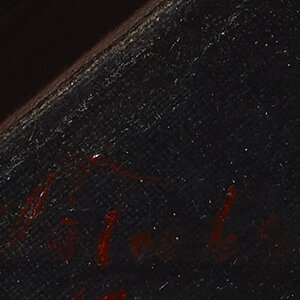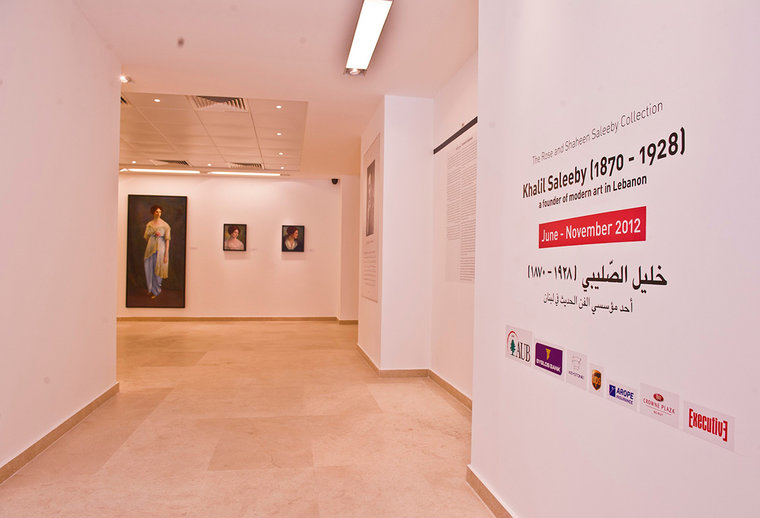


Last updated on Sun 10 June, 2012


Khalil Saleeby (1870-1928): A Founder of Modern Art in Lebanon
American University of Beirut Art Galleries
June 10 - December 2012
Over the summer and fall of 1928, newspapers in Beirut relayed the details of a dramatic story: the painter Khalil Saleeby and his foreign wife Carrie Aude had been killed following a dispute over water rights. Related historical documents reveal fragments of the public and judiciary debates of the time, offering glimpses not only of a long-forgotten and tragic conflict, but also of the social perception of the new profession of picture-maker almost a century ago.
In the news reports about Khalil Saleeby and Carrie Aude’s murder, one finds not only the tragic conclusions of two personal stories but also the articulation of broader social and historical contradictions: the confrontation of late Ottoman and French colonial sensibilities, metropolitan and peripheral lifestyles, urban and peasant economies. Clashes of such epic proportions are often resolved through individual sacrifice.
From an art historical perspective, the life and work of Khalil Saleeby sketches in outline a crucial phase in the late 19th and early 20th century development of art in Lebanon. Saleeby belongs to that first generation of painters who most substantially contributed to the emergence of art as a new occupation in this country. Often called musawwirun (picture-makers and picturers) or simply rassamun (draftsmen who worked with cameras or brushes), members of this generation pioneered a modern profession at a time when the region was undergoing deep historical transformations in every field of social, political and economic life. The exhibition puts on display the traces of these radical transformations.
We place emphasis on three tendencies that prevail in the Saleeby collection. A close observer of this painter’s work, first of all, will not fail to notice the tender relationship between Saleeby and Aude that is revealed in a number of portraits and figures. Secondly, the exhibition follows the controversial theme of the nudes that Saleeby produced at a time when this material was subject to cultural restrictions. Finally, a series of portraits – the most represented genre in the collection – depicts ordinary and eminent contemporaries of the artist. We interpret the predominance of the art of portraiture over other genres as a distinct signal of the modern age, an indication that new social agents had turned their gazes towards individual citizens of all classes and denominations.
This exhibition has been made possible through the generous donation of Dr. Samir Saleeby to the American University of Beirut. After many years during which Dr. Saleeby cared for this collection, he has entrusted it to an institution that has responded with the pledge to conserve, preserve and display it to the public, as well as to incorporate it within its pedagogical efforts and activities. In putting on display the work of Khalil Saleeby, AUB announces its commitment to play an active role in promoting the fine and contemporary arts of this region.
Octavian Esanu AUB Art Gallery Curator
Join us in our endless discovery of modern and contemporary Arab art